Fishery Management
Commercial Fishery
A commercial fishery for Longspined sea urchins began in 2009 in response to their increased biomass and densities in Tasmania. The annual catch remained below 100 tonnes for the first 10 years of the fishery, but in 2017 increased markedly, averaging around 500 tonnes for the last 3 seasons with 497 tonnes for the most recent 2020/21 season. The Tasmanian commercial fishery now exports nationally and internationally. Catch can only be taken by holders of a commercial dive license.
In Tasmania, longspined sea urchin are harvested by commercial divers, about half of whom also dive commercially for abalone, and who tend to target individual urchin of a size between the range of 85 to 125mm test diameter (Johnson 2016). Catch weight is confirmed by a log recording from the processor who receives the catch. The location of the catch is recorded using the blocks of the commercial fishery. Depth is not recorded. A finer-scale approximate location, such as name of the point or bay, is recorded in the log by the diver, along with diver ID, date, and total time of dive/s (effort in hours). For the 2019/20 season GPS and depth logger units are being installed, which will provide more accurate data both spatially and temporally. Divers in the fishery are paid either by total wet weight of catch ($/kg) or by weight and quality of roe from the processor.
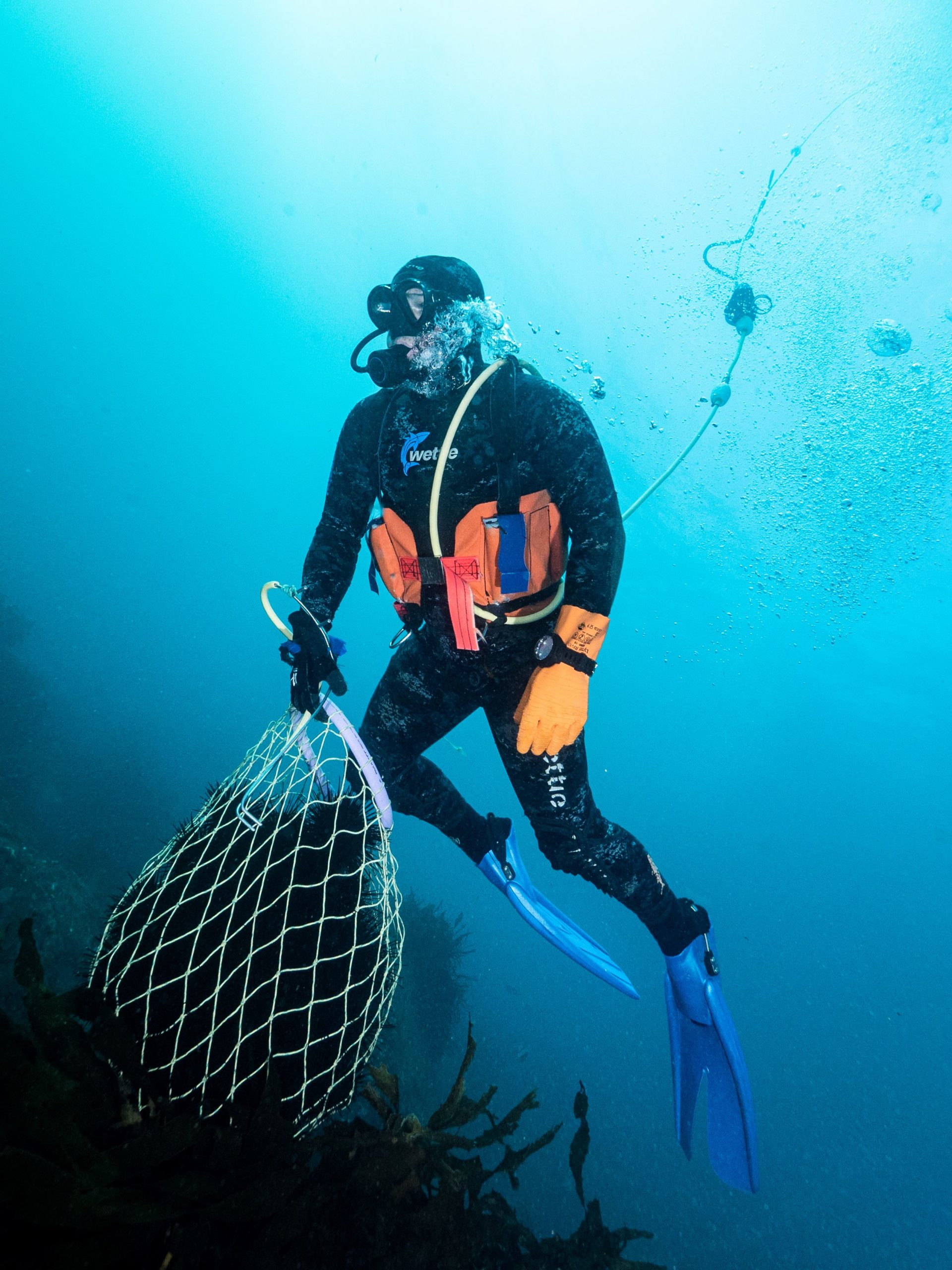
Credit: Matt Testoni
Indigenous Fishery
There is no regulation of Indigenous harvesting. No information has been collected but the volume of catch is considered negligible relative to commercial harvesting.
Recreational Fishery
There is no regulation of recreational harvesting currently in place. No information has been collected but the volume of catch is considered negligible relative to commercial harvesting.
Culling
Culling of urchins by commercial and recreational divers is known to occur but no data on this source of mortality is collected. It is believed to be a far smaller source of mortality than harvesting at present.
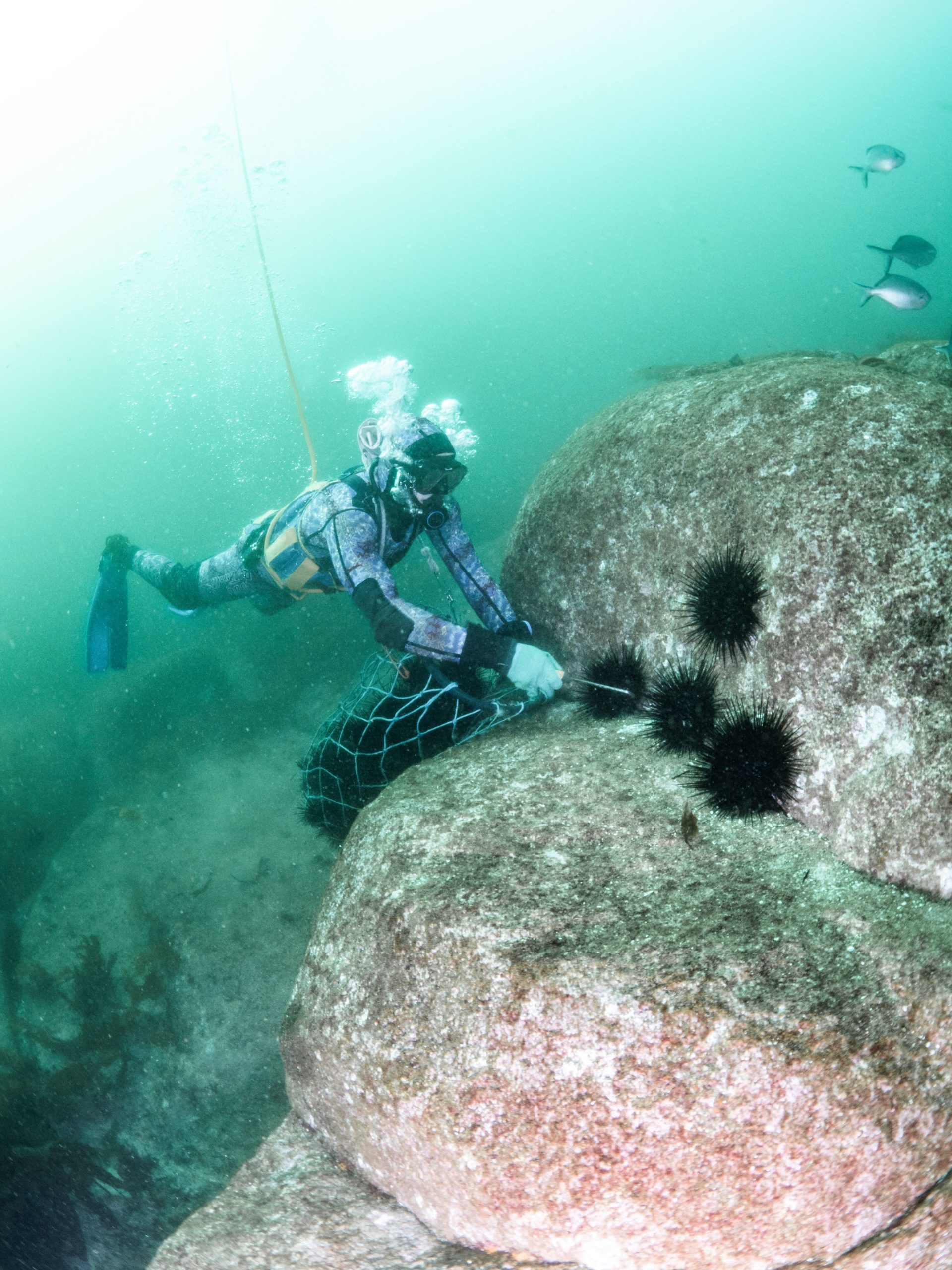
Credit: Matt Testoni
Details on the control of longspined sea urchins is provided on the FRDC website at the link:
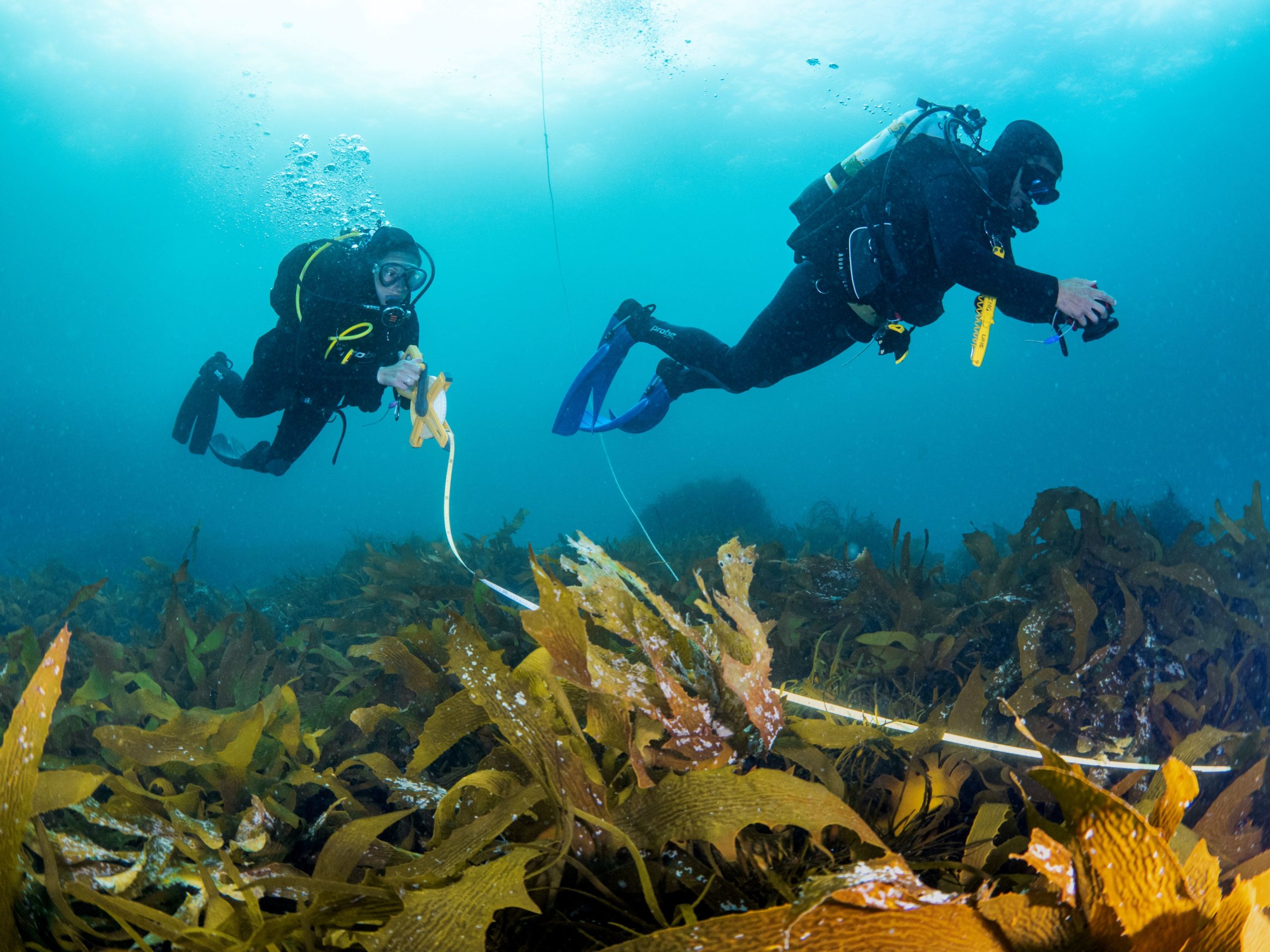
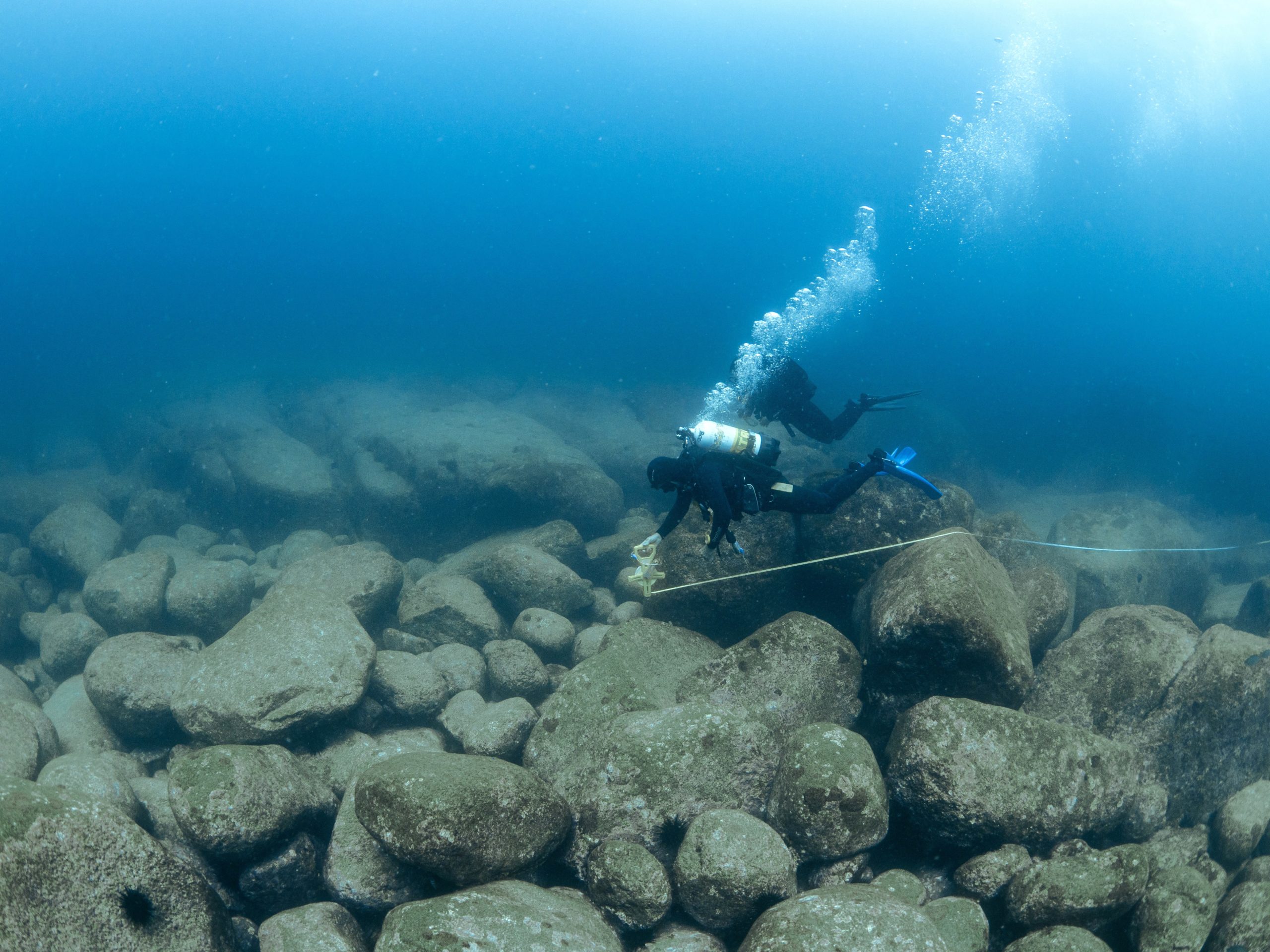
A healthy reef and an urchin Barren. Credit: Matt Testoni
The first major fisheries-independent survey conducted in 2001/02 established a baseline estimate of the biomass of this species in Tasmania at 6.7 million individuals (Johnson et al. 2005). A repeat survey conducted 15 years later estimated the population to have grown to almost 20 million individuals (Ling and Keane 2018).
Biomass estimated from scientific surveys, with average biomass increase and removals from harvesting is provided below.
| Year | Estimated biomass 6 to 26m depth (tonnes) | Average linear biomass increase (tonnes) | Removals from harvesting (tonnes) | Removals from culling (tonnes) | Removals from “take-all” harvest (tonnes) | Change in Harvest from Previous Year (tonnes) |
|---|---|---|---|---|---|---|
| 2001/02 | 4147 | 139 | 0 | |||
| 2002/03 | 139 | 0 | ||||
| 2003/04 | 139 | 0 | ||||
| 2004/05 | 139 | 0 | ||||
| 2005/06 | 139 | 0 | ||||
| 2006/07 | 139 | 0 | ||||
| 2007/08 | 139 | 0 | ||||
| 2008/09 | 139 | 7 | 7 | |||
| 2009/10 | 139 | 12 | 5 | |||
| 2010/11 | 139 | 64 | 52 | |||
| 2011/12 | 139 | 61 | -3 | |||
| 2012/13 | 139 | 81 | 20 | |||
| 2013/14 | 139 | 97 | 16 | |||
| 2014/15 | 139 | 19 | -78 | |||
| 2015/16 | 139 | 40 | 21 | |||
| 2016/17 | 5856 | 435 | 41 | 1 | ||
| 2017/18 | 435 | 185 | 144 | |||
| 2018/19 | 435 | 560 | 375 | |||
| 2019/20 | 435 | 327 | 14.8 | 34.9 | -183.3 | |
| 2020/21 | 6435 | 493.6 | 3.4 | 120.3 | ||
| 2021/22 | 493.9 | -3.1 |
Tasmania’s two most valuable fisheries, black lipped abalone (Haliotis rubra) and southern rock lobster (Jasus edwardsii), depend on macroalgae beds on rocky reefs. Regulating urchin densities strategically (on a large scale) and tactically (on a small scale) will have direct benefits in ensuring the integrity, productivity and biodiversity of shallow (<40 m) rocky reef systems in Tasmanian waters.
Extensive research has been conducted by IMAS scientists to identify cost effective options to minimise the impact of longspined sea urchins on rocky reefs in Tasmanian waters by either preventing further barrens formation or rehabilitating existing barren areas. Through this research IMAS researchers have worked with the Tasmanian Government to establish initiatives control urchin density including rebuilding biomass of legal‐sized rock lobsters, facilitating the establishment of the fishery, encouraging abalone divers to cull urchins while fishing (particularly in high-yield areas), and examining other means to reduce urchin densities.
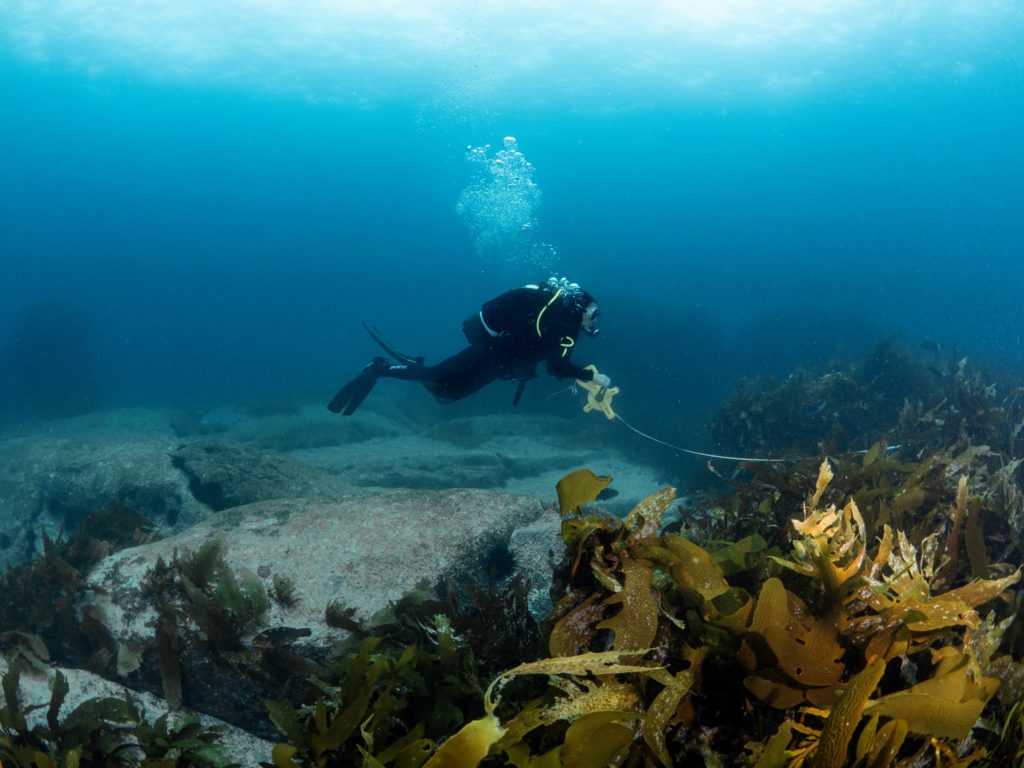
Credit: Matt Testoni
You can read to full report by Johnson et al. (2013) at the link:



